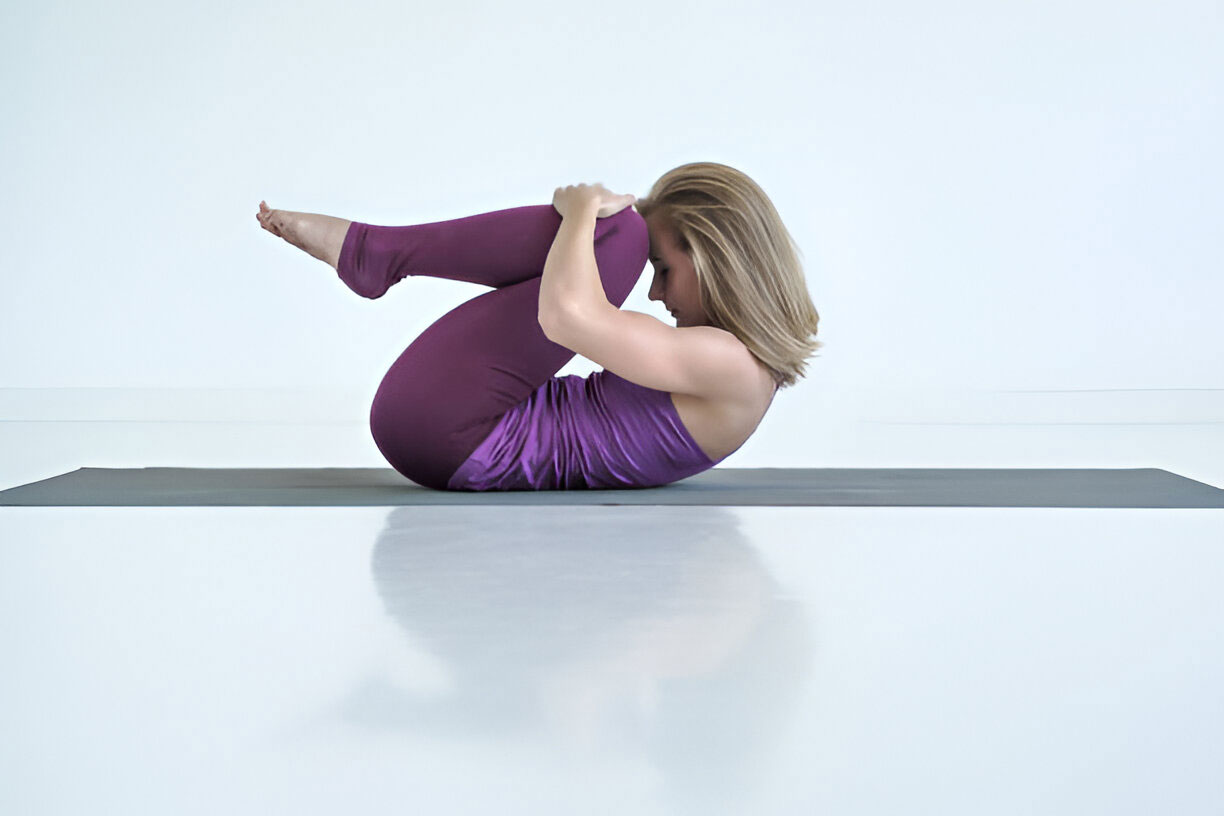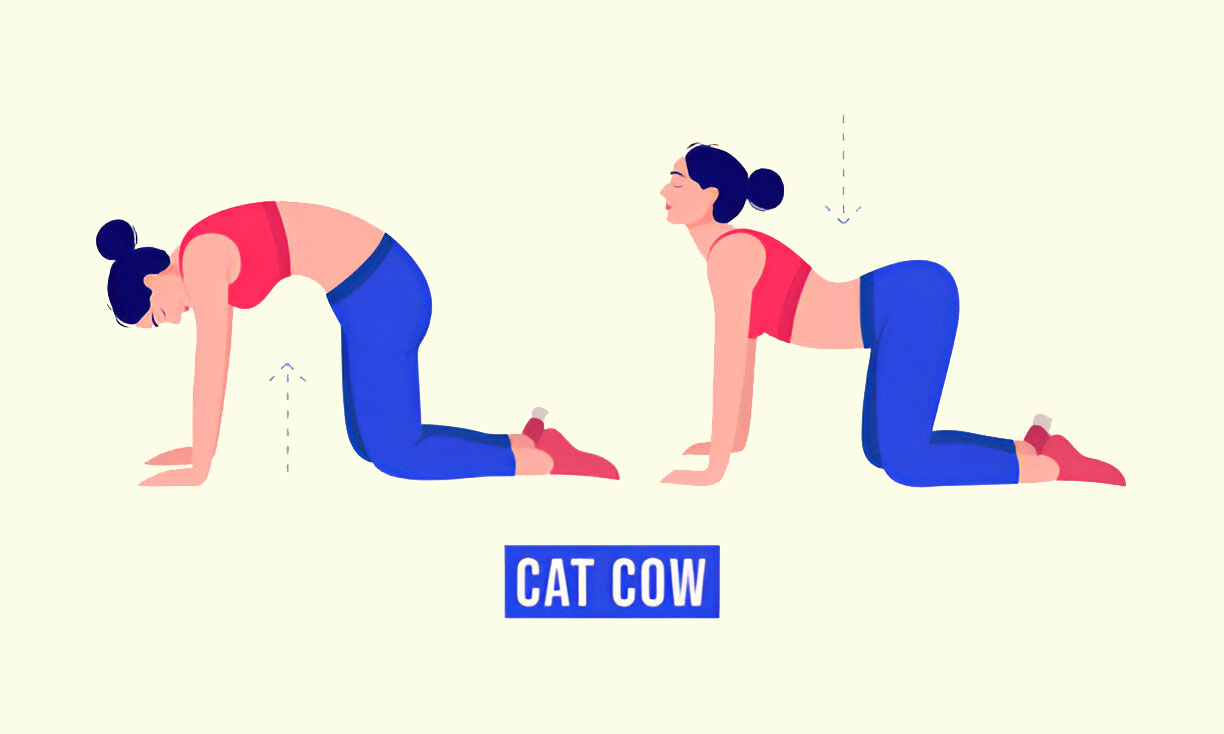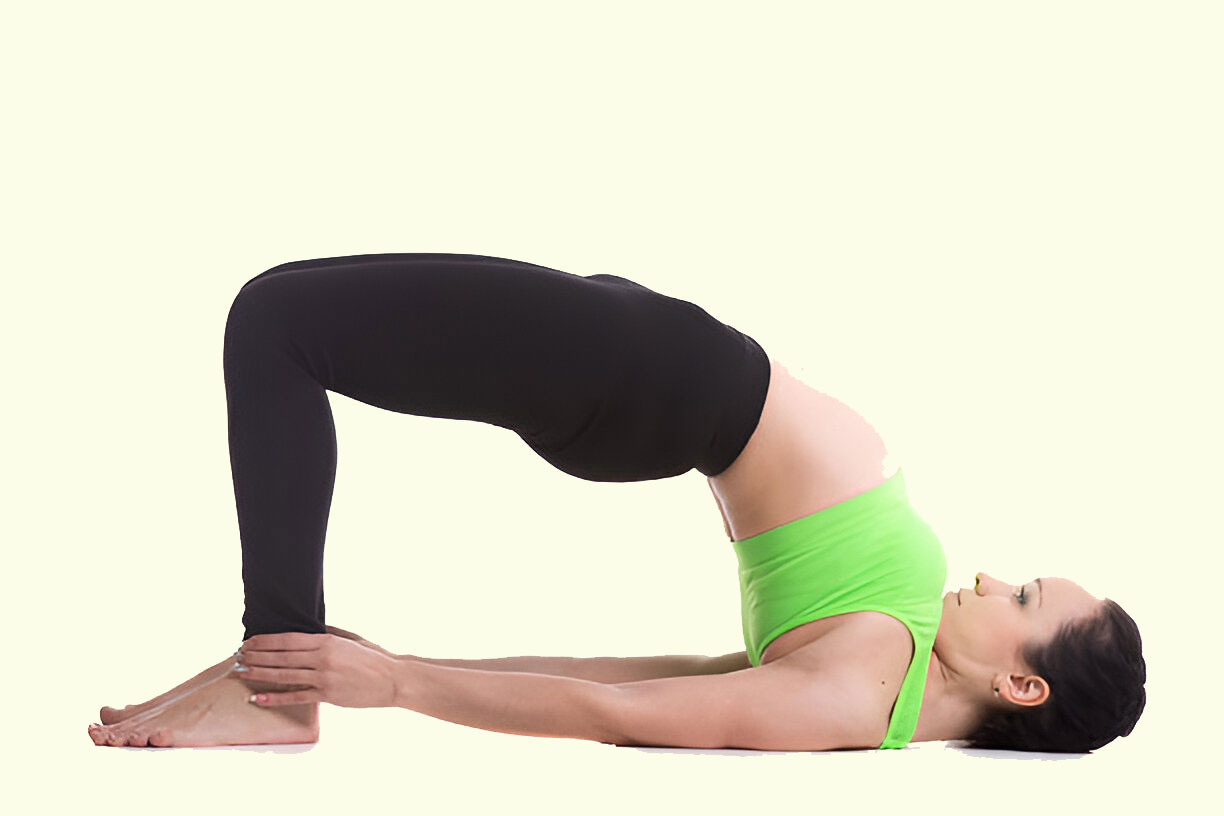Introduction
Digestive health is a cornerstone of overall well-being, influencing everything from nutrient absorption to immune function and mental health. In a world dominated by processed foods, stress, and sedentary lifestyles, digestive issues have become increasingly common. While diet plays a crucial role, the power of movement and mindfulness should not be underestimated. Yoga, an ancient practice that blends physical postures, breath control, and meditation, offers numerous benefits for the digestive system.
This article delves into the science behind how yoga supports digestion and introduces specific yoga poses (asanas) that can relieve bloating, improve metabolism, and promote gut health. With a regular practice tailored to digestive health, you can achieve a balanced, happy gut and enjoy the cascading benefits it brings to your overall well-being.
How Yoga Supports Digestive Health
Yoga works holistically on the body, addressing physical, mental, and emotional aspects. When it comes to digestion, yoga facilitates the process in multiple ways:
- Stimulates Blood Flow: Various yoga postures increase blood circulation to digestive organs, ensuring they receive the oxygen and nutrients they need for optimal function.
- Activates the Parasympathetic Nervous System: Known as the “rest and digest” system, the parasympathetic nervous system is activated by deep breathing and relaxation techniques practiced in yoga. This helps the body shift from a stress-driven state (sympathetic nervous system) to a calm state conducive to digestion.
- Encourages Peristalsis: Twisting and compressing the abdominal area in certain yoga poses help stimulate peristalsis, the wave-like contractions that move food through the intestines.
- Relieves Gas and Bloating: Gentle stretches and twists in yoga release trapped gas, easing bloating and discomfort.
- Reduces Stress: Stress is a significant contributor to digestive issues like irritable bowel syndrome (IBS) and acid reflux. Yoga’s emphasis on mindfulness and relaxation helps manage stress, leading to better digestive health.
Best Yoga Poses to Promote Digestion
Below is a comprehensive list of yoga poses that target the digestive system. These asanas are categorized based on their primary benefits: stimulating digestion, relieving bloating, reducing stress, and detoxifying the body.
1. Pawanmuktasana (Wind-Relieving Pose)
Benefits:
- Relieves gas and bloating
- Massages the intestines
- Stimulates bowel movement
How to Perform:
- Lie flat on your back with your legs extended.
- Inhale and as you exhale, draw your right knee towards your chest.
- Clasp your hands around the shin and press it gently into your abdomen.
- Hold for 30 seconds to 1 minute while breathing deeply.
- Switch to the left leg and repeat.
- Finally, bring both knees to your chest and hold for another 30 seconds.
Why It Works:
This pose directly compresses the abdomen, helping to push out trapped gas and stimulating the digestive organs.
2. Marjaryasana-Bitilasana (Cat-Cow Pose)
Benefits:
- Promotes gut motility
- Eases tension in the abdominal area
- Relieves constipation
How to Perform:
- Start on your hands and knees in a tabletop position.
- Inhale as you arch your back (Cow Pose), lifting your head and tailbone upwards.
- Exhale as you round your spine (Cat Pose), drawing your belly button towards your spine.
- Continue flowing between these poses with each breath for 1-2 minutes.
Why It Works:
The gentle flexion and extension of the spine during this sequence massage the abdominal organs, improving circulation and promoting digestion.
3. Setu Bandhasana (Bridge Pose)
Benefits:
- Stimulates abdominal organs
- Improves blood circulation to the digestive tract
- Strengthens the core
How to Perform:
- Lie on your back with your knees bent and feet flat on the floor, hip-width apart.
- Place your arms by your sides with palms facing down.
- Inhale and lift your hips towards the ceiling, pressing your feet into the floor.
- Clasp your hands under your back and roll your shoulders underneath you.
- Hold the pose for 30 seconds to 1 minute while breathing deeply.
Why It Works:
Bridge Pose gently compresses the abdominal organs, aiding digestion, while also strengthening the core muscles, which play a crucial role in digestive health.
4. Ardha Matsyendrasana (Half Lord of the Fishes Pose)
Benefits:
- Stimulates digestion
- Improves nutrient absorption
- Detoxifies the body
How to Perform:
- Sit on the floor with your legs extended.
- Bend your right knee and place your foot outside your left thigh.
- Place your left elbow on the outside of your right knee and twist your torso to the right.
- Place your right hand on the floor behind you for support.
- Hold for 30 seconds to 1 minute, then switch sides.
Why It Works:
This seated twist compresses the abdominal organs, stimulating digestion and improving detoxification by wringing out toxins from the digestive tract.
5. Balasana (Child’s Pose)
Benefits:
- Relieves bloating and gas
- Calms the mind and body
- Gently massages the abdominal organs
How to Perform:
- Start on your hands and knees in a tabletop position.
- Bring your big toes together and sit back on your heels.
- Extend your arms forward and rest your forehead on the floor.
- Hold for 1-3 minutes, focusing on deep breathing.
Why It Works:
Child’s Pose is a restorative pose that relaxes the body while gently compressing the abdominal area, aiding in digestion and reducing discomfort.
6. Apanasana (Knees-to-Chest Pose)
Benefits:
- Eases constipation
- Promotes peristalsis
- Relieves lower back tension
How to Perform:
- Lie on your back with your knees bent.
- Hug your knees to your chest, holding your shins with both hands.
- Rock gently from side to side to massage your lower back.
- Hold for 1-2 minutes, breathing deeply.
Why It Works:
This pose directly targets the intestines, helping to relieve gas and promote bowel movement. The gentle rocking motion also soothes lower back tension, which can be linked to digestive discomfort.
7. Uttanasana (Standing Forward Bend)
Benefits:
- Stimulates blood flow to the digestive organs
- Eases constipation
- Calms the mind
How to Perform:
- Stand with your feet hip-width apart.
- Inhale and reach your arms up overhead.
- Exhale and fold forward at the hips, bringing your hands to the floor or resting them on your shins.
- Keep a slight bend in your knees and relax your neck.
- Hold for 1-3 minutes, focusing on your breath.
Why It Works:
The compression of the abdomen in this forward fold enhances blood flow to the digestive organs, promoting healthy digestion and reducing constipation.
8. Dhanurasana (Bow Pose)
Benefits:
- Stimulates the digestive system
- Relieves constipation
- Strengthens the abdominal muscles
How to Perform:
- Lie face-down on the mat with your arms by your sides.
- Bend your knees and reach back to grab your ankles.
- Inhale and lift your chest off the floor while simultaneously lifting your legs.
- Hold for 20-30 seconds while focusing on your breath.
Why It Works:
Bow Pose creates a strong stretch in the abdominal region, stimulating the digestive organs and enhancing their efficiency.
9. Supta Matsyendrasana (Supine Twist Pose)
Benefits:
- Relieves bloating and gas
- Stimulates bowel movement
- Improves spinal flexibility
How to Perform:
- Lie on your back with your legs extended.
- Bend your right knee and cross it over your left side, letting it rest on the floor.
- Stretch your right arm out to the side and gaze towards your right hand.
- Hold for 1-2 minutes, then switch sides.
Why It Works:
The deep twisting motion massages the intestines and aids in digestion by encouraging the movement of waste through the colon.
10. Paschimottanasana (Seated Forward Bend)
Benefits:
- Calms the nervous system
- Stimulates the digestive organs
- Relieves stress and anxiety
How to Perform:
- Sit on the floor with your legs extended straight in front of you.
- Inhale and reach your arms overhead.
- Exhale and fold forward, reaching for your feet or shins.
- Hold the pose for 1-3 minutes, focusing on your breath.
Why It Works:
Paschimottanasana compresses the abdominal area, stimulating the digestive organs while also promoting relaxation and reducing stress, which can have a significant impact on digestion.
11. Parivrtta Trikonasana (Revolved Triangle Pose)
Benefits:
- Improves digestion
- Detoxifies the body
- Strengthens the core and lower back
How to Perform:
- Stand with your feet about three feet apart, with your left foot turned out 90 degrees.
- Extend your arms to the sides and hinge at your hips, reaching your right hand towards your left foot.
- Twist your torso and extend your left arm upwards, gazing at your hand.
- Hold for 30 seconds to 1 minute, then switch sides.
Why It Works:
This twist enhances blood flow to the digestive organs and helps to detoxify the body by stimulating the liver and spleen.
12. Vajrasana (Thunderbolt Pose)
Benefits:
- Eases digestion after meals
- Relieves bloating and gas
- Promotes relaxation
How to Perform:
- Kneel on the floor with your knees together and sit back on your heels.
- Rest your hands on your thighs with palms facing down.
- Sit with a straight spine and close your eyes.
- Hold for 5-10 minutes after meals.
Why It Works:
Vajrasana is traditionally recommended for aiding digestion and is often practiced after meals. The position of the legs and hips helps direct blood flow to the stomach and intestines.
Tips for Practicing Yoga for Digestion
To maximize the benefits of yoga for digestion, keep the following tips in mind:
- Practice on an Empty Stomach: Perform these poses either before meals or a few hours after eating to avoid discomfort.
- Focus on Deep Breathing: Deep, mindful breathing is key to activating the parasympathetic nervous system and promoting relaxation.
- Be Gentle: Start with gentle poses and gradually move towards more challenging ones. Listen to your body and avoid overstretching.
- Incorporate Mindfulness: Incorporating mindfulness and meditation into your yoga practice can reduce stress, which is a significant factor in digestive issues.
- Stay Hydrated: Drink plenty of water throughout the day, but avoid drinking large amounts right before your practice.
- Consistency is Key: For long-term benefits, make yoga for digestion a regular part of your routine. Even 15-20 minutes a day can make a difference.
Conclusion
Yoga offers a natural, holistic approach to improving digestion. By incorporating these poses into your daily routine, you can alleviate digestive discomfort, reduce bloating, and enhance overall gut health. With consistent practice, the benefits extend beyond digestion, leading to improved mental clarity, reduced stress, and better overall well-being.
As with any new exercise routine, consult with a healthcare provider if you have underlying health conditions or concerns before starting a yoga practice. Embrace the practice with patience and consistency, and your body will thank you with better digestion and a happier, healthier life.













